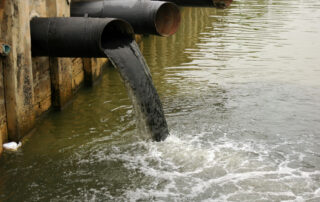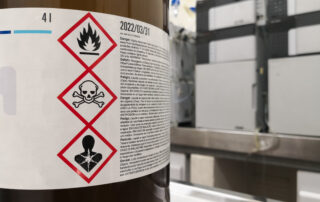The tasks of a hazardous substances advisor
In most companies, there are one or more persons who are appointed as hazardous substance advisors. The tasks of a hazardous substance advisor are varied and extensive. In this blog post, I would like to go into more detail about the individual tasks and activities. Where does the term hazardous substances advisor come from? The








